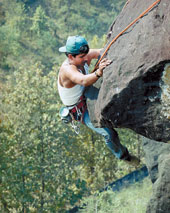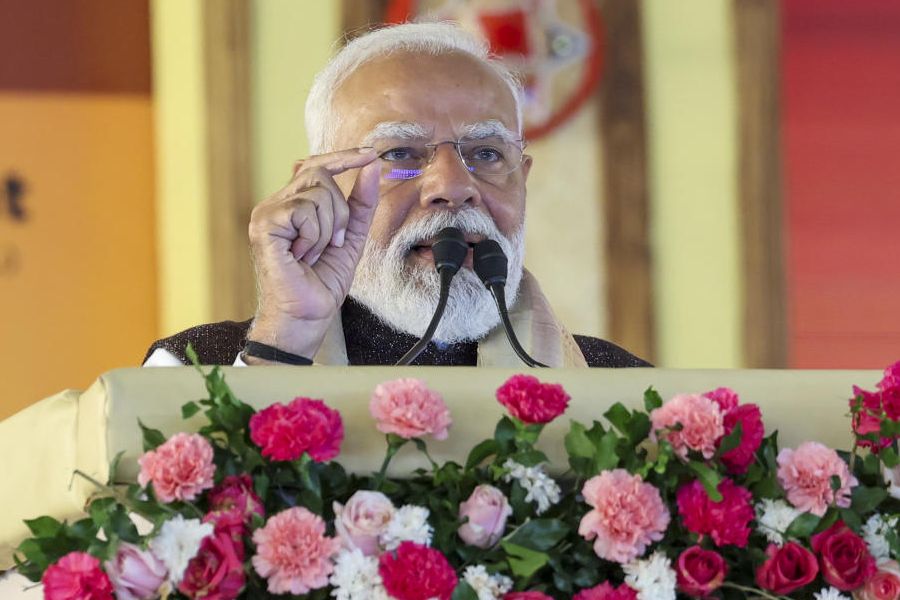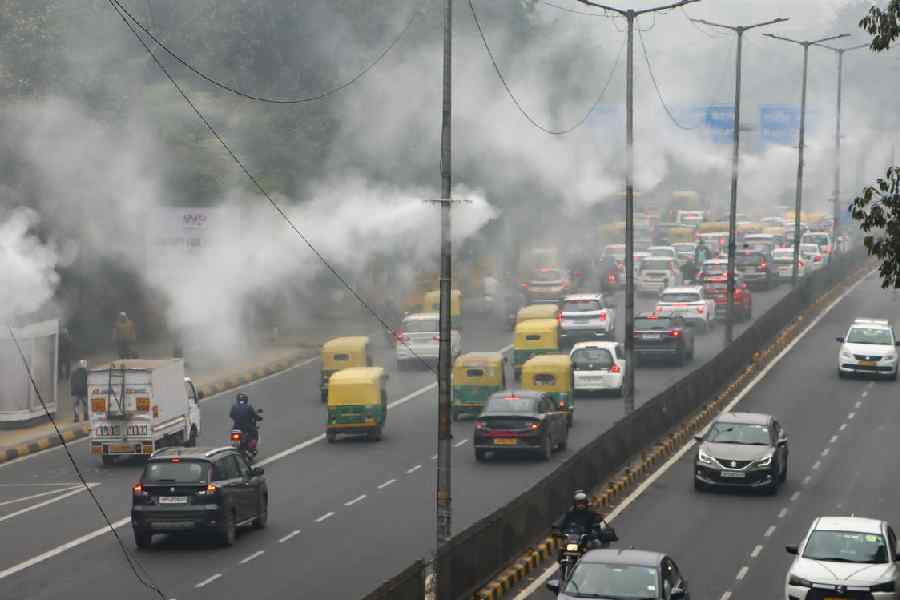 |
Are you one of those who just can’t get enough of adventure sports on TV but have serious doubts about whether you’ll ever be able to work up the nerve to take the plunge yourself? Well then, bungee jumping or battling the rapids may not exactly be your cup of tea, but now’s as good a time as any to jump into the world of rock-climbing. It’s fun, it’s exciting, it’s addictive ? and the best part about it is that it can be just as easy ? or difficult ? as you want it to be.
Like the rest of the world where the sport’s popularity is gaining by leaps and bounds, India too, has more than its fair share of places suitable for rock-climbing. Read on to prep yourself up for this challenge, so that the next time you’re caught between a rock and a hard place, you’ll know just what to do!
Where to go
nSheer rock faces, ideal for rock climbing, can be found across India, especially in the north, which offers some of the best and toughest challenges for amateurs as well as professionals. “High-altitude climbers will enjoy the rock faces at Sonmarg in Kashmir and Gangotri in Garhwal, Uttaranchal while Lado Sarai in Delhi and Dhauj and Dam Dama, near the Capital are other options,” says Devendra Singh, advisor, Adventure Tour Operators of India. In Himachal Pradesh, Manali and Dharamshala and the adjoining region provide some of the most exciting rock-climbing in the world.
Head west and there are several good rock-climbing destinations near Mumbai like the Kanheri Caves in the Borivili National Park, Mumbra Boulders, and Manori Rocks. In Gujarat, Pavagadh is a favourite rock-climbing destination while in Rajasthan, the region around Mount Abu is popular.
In the east, areas near and around Calcutta like Purulia, Matha Bura, Jai Chandi, and Susunia Hills offer good rock-climbing. Says Sukumar Chakraborty, secretary, Chandannagar Mountaineering Association, “The Susunia Hills, in fact, are a good place for amateurs in West Bengal to begin, as besides the challenging options, it offers nursery rocks that are technically easy to navigate. The distance between the ledges is comparatively less, which is why it’s easier to get a hand or a foothold.” Besides, this, Chakraborty also speaks highly of places in Bangalore and Pune.
Down south, the options are equally attractive. Badami, a five-hour drive from Bangalore, is a good place for rock climbing and the Garden City is surrounded by other rock-climbing destinations like Ramanagaram, Thuralli, Kabbal and Raogodhu. Kambakkam, 100 km from Chennai, provides good climbing while Hampi in Karnataka has some of the best granite rocks in India providing climbers plenty of opportunities to test their skills.
Types of rock-climbing
nModern rock climbers usually use three styles of climbing: free climbing, aid climbing and a combination of both. There is yet another type, face climbing, which involves climbing against the face of a rock.
Free climbing: A free climber depends entirely on his skills, confidence, and footwork to achieve his target. He does not need any technical instrument except for safety.
Aid climbing: Used for climbing rocks too difficult to negotiate without any external help, here the climber relies on instruments to reach the summit. “In West Bengal, the Matha hills in Purulia require aid climbing as do some rocks in the Susunia Hills,” says Chakraborty.
Free and aid climbing: Most of the modern climbing revolves around this method. Pre-placing bolts and other protection is a part of this climbing process.
Best season
nOctober to February. Remember monsoons should be avoided.
Safety
nClimbing is relatively safe, but that said, climbers should always take precautions. Specialist equipment such as ropes are often used to protect climbers from falls. The other major equipment required includes ascenders (devices that help in ascending, like jummars), helmets, karabiner, chalk, chest harness, harness seat, nut, cliffhanger, climbing shoes and tape slings.
Says Singh, “People looking for rock-climbing are usually into hardcore adventure, but we recommend that they go through training at places like Nehru Institute of Mountaineering, Uttarkashi; Himalayan Institute of Mountaineering, Darjeeling; Western Himalayan Mountaineering Institute, Manali, among others, after which they can pursue the sport. There are also places like the Indian Mountaineering Foundation, Delhi, which offer artificial walls, which is a great way for a beginner to kick things off in a safe environment.'
Other precautions to be taken into account are:
Decide what type of rock you want to negotiate. It will depend on your skills, your status as a climber, and your physical fitness.
Consult the doctor to determine your physical condition and take proper medical precautions.
High-altitude sickness or high-altitude madness is a common phenomenon among trekkers and mountaineers. Proper mountaineering guidelines, high-altitude survival and first-aid techniques should be known to most of the members.
Permits and government agencies
nIndian Rock and Sport Climbing Federation is the apex body for rock climbing in India. There is no restriction on rock-climbing except for places in the restricted area list. You can contact the regional registration offices in major cities. The district administration of the concerned areas can also issue permits.











